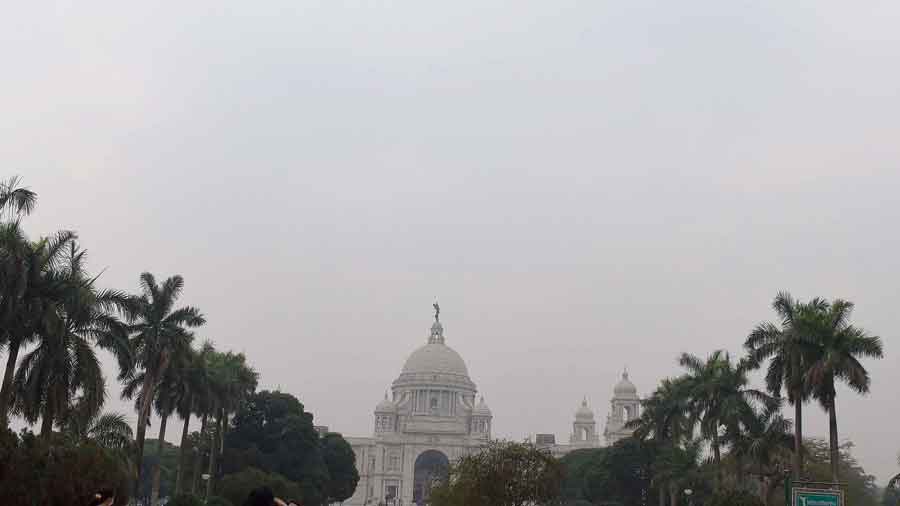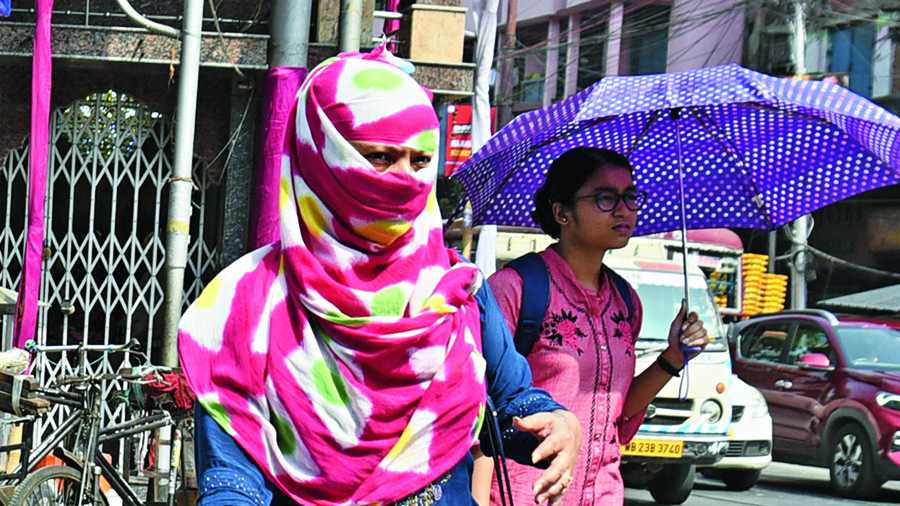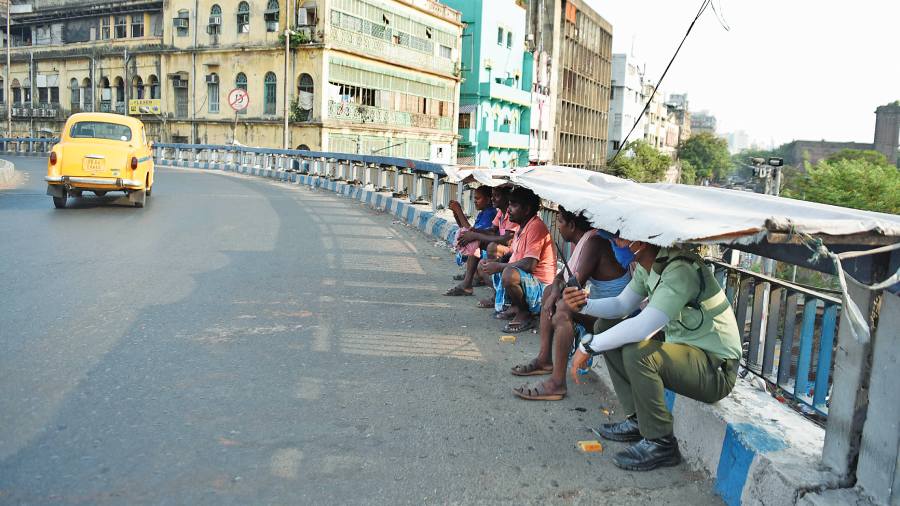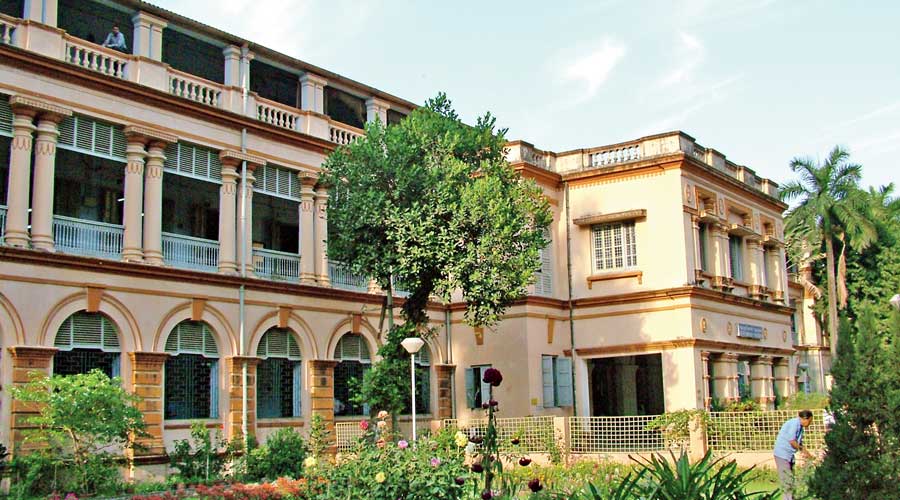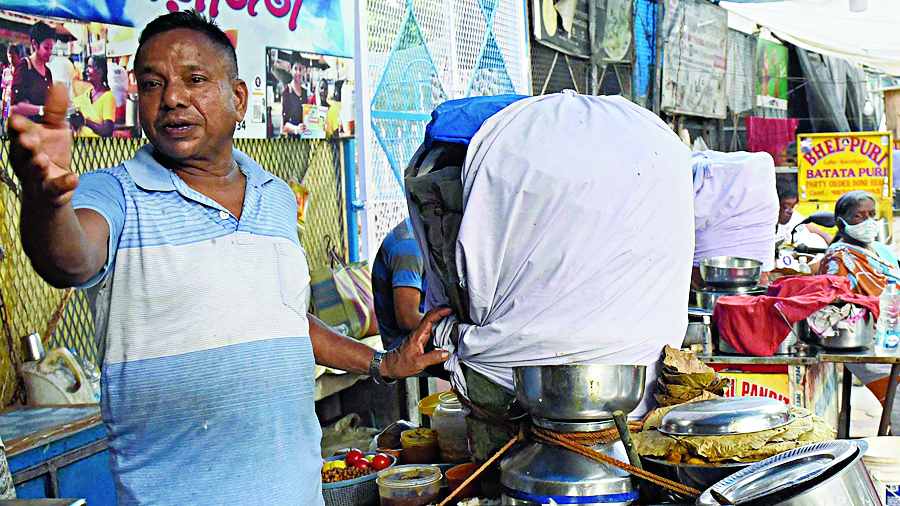A drizzle in Ballygunge in the city’s southern part does not count as rain in Kolkata as long as Alipore is dry. The Met office has recently launched an effort to make weather recordings more equitable.
A portal launched by the India Meteorological Department allows people to report in real time localised weather phenomena that often skips the Met radar.
Billed as an attempt to “crowdsource” weather information, the platform would help in collating weather data, especially from places that did not have observatories, said Met officials in Kolkata.
“The IMD has designated observatories that give regular inputs. Information on weather events outside this network now reaches us the day after or even later. We get the information through social media or TV and newspaper reports. Sometimes, they are not reported even after a few days, especially in remote areas,” said Sanjib Bandyopadhyay, deputy director-general, IMD, Kolkata.
He explained how the new portal would help in collating data of scattered weather events.
“Monsoon rain is usually uniform and widespread. But pre-monsoon showers and thunderstorms are scattered. Let us consider a forecast of rain in Kolkata. It is possible that Alipore remains dry and Park Street gets a drizzle around the same time. Now, suppose a person on Park Street provides an update, we can gauge the accuracy of the forecast and eventually record the data,” said Bandyopadhyay.
He appealed to people to post regular updates on the portal. “It is still in a nascent stage. We will try to improve with time,” he said.
The link to the portal is https://city.imd.gov.in/citywx/crowd/enter_th_datag.php
Met officials detailed the following steps to use it.
• Visit the portal
• Provided the location of the device (phone or computer) is activated, the place from where the link is being accessed will be visible. If not, the cursor on a map can be dragged to the place of choice
• The 24 hours in a day have been divided into eight time slots. A user has to select one
• Eight weather phenomena — rain, drizzle, thunder/lightning, hailstorm, dust storm, fog, snow and gusty wind — are listed on the page
• The user has to click on the box beside the relevant option/s
• From another list of "damage caused", the user can select from a host of options, from "big tree uprooting" to "flooding of land"
• There is another tab for “more observation” for the user to key in
• The user can also take a picture to substantiate his update and upload it
• The final step is clicking on "submit”.
The new system, launched in Delhi last year, is being adopted by the regional meteorological centres.
In and around Kolkata, the IMD has observatories in Alipore, Dum Dum and Salt Lake. Across the state, there are observatories at various places including Bankura, Sriniketan, Asansol, Digha, Diamond Harbour, Jalpaiguri, Darjeeling and Cooch Behar.
The recordings at Alipore are accepted as the official recordings for Kolkata. That means if there is no rain in and around Alipore, a drizzle in Ballygunge or a sharp but very brief spell of rain in Esplanade will on paper not count on that particular day.
At least three storms, looking like “mini-tornados”, had hit small pockets of south Bengal more than once last year. The Met office in Alipore got initial information about them through social media.
Bandyopadhyay said there were checks and balances to weed out “erroneous information” on the crowdsourcing portal.
“We have our radar network. The satellites are working 24X7,” he said.
